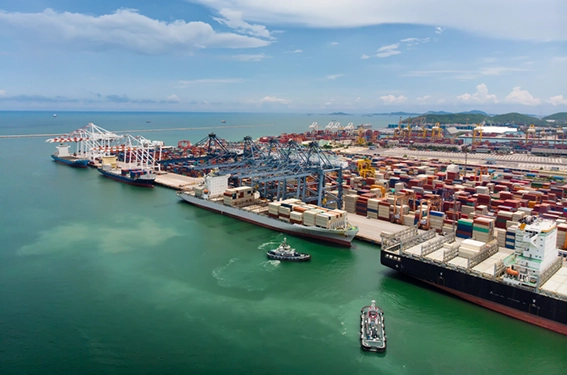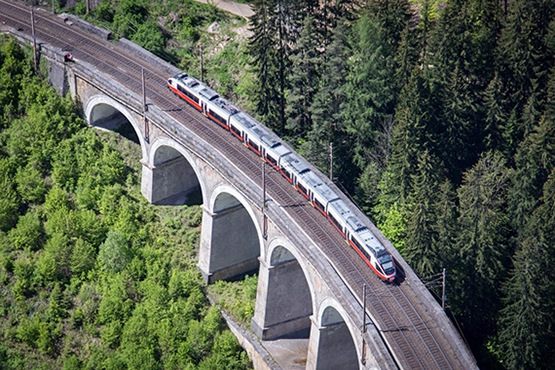Transportation and Networks
Our tailor-made software and services ensure wind safety for ships and trains and contribute to the stability of the high-voltage power transmission network.
120+ studies
Meso, CFD, AI
for accurate modeling of wind, its effects, and meteorological variables.
+20 years
Tailor-made
Secured Transportation and Infrastructure
Modeling wind and climate variables provides significant benefits to the port, rail, and high-voltage power grid sectors. By providing an accurate understanding of meteorological conditions, it enables anticipation and minimization of risks associated with high winds, storms, and extreme weather conditions.
For example, in port transportation, this translates into a wind forecasting tool for the port area that supports tugboat management and planning of docking and unloading operations, thereby reducing the risk of incidents.
In the rail industry, wind modeling plays a critical role in assessing the risks associated with crosswinds and defining appropriate mitigation measures to ensure safe operations.
Finally, for high-voltage power grids, climate modeling is critical to strengthening infrastructure resilience and ensuring grid stability.
Electric power transmission networks
News
Meteodyn at Key Expo in Rimini
Meteodyn at KEY Expo 2025: Explore our software solutions for wind modeling: wind energy, urban environments, and secure infrastructures. Understanding and mastering atmospheric phenomena are...
White paper: Atmospheric boundary layer modelling
From the general characteristics of the atmospheric boundary layer to the impact of thermal effects and stability on turbulence, passing through the Monin-Obukhov’s similarity theory, this white paper covers all the knowledge needed for the atmospheric boundary layer modeling.






























